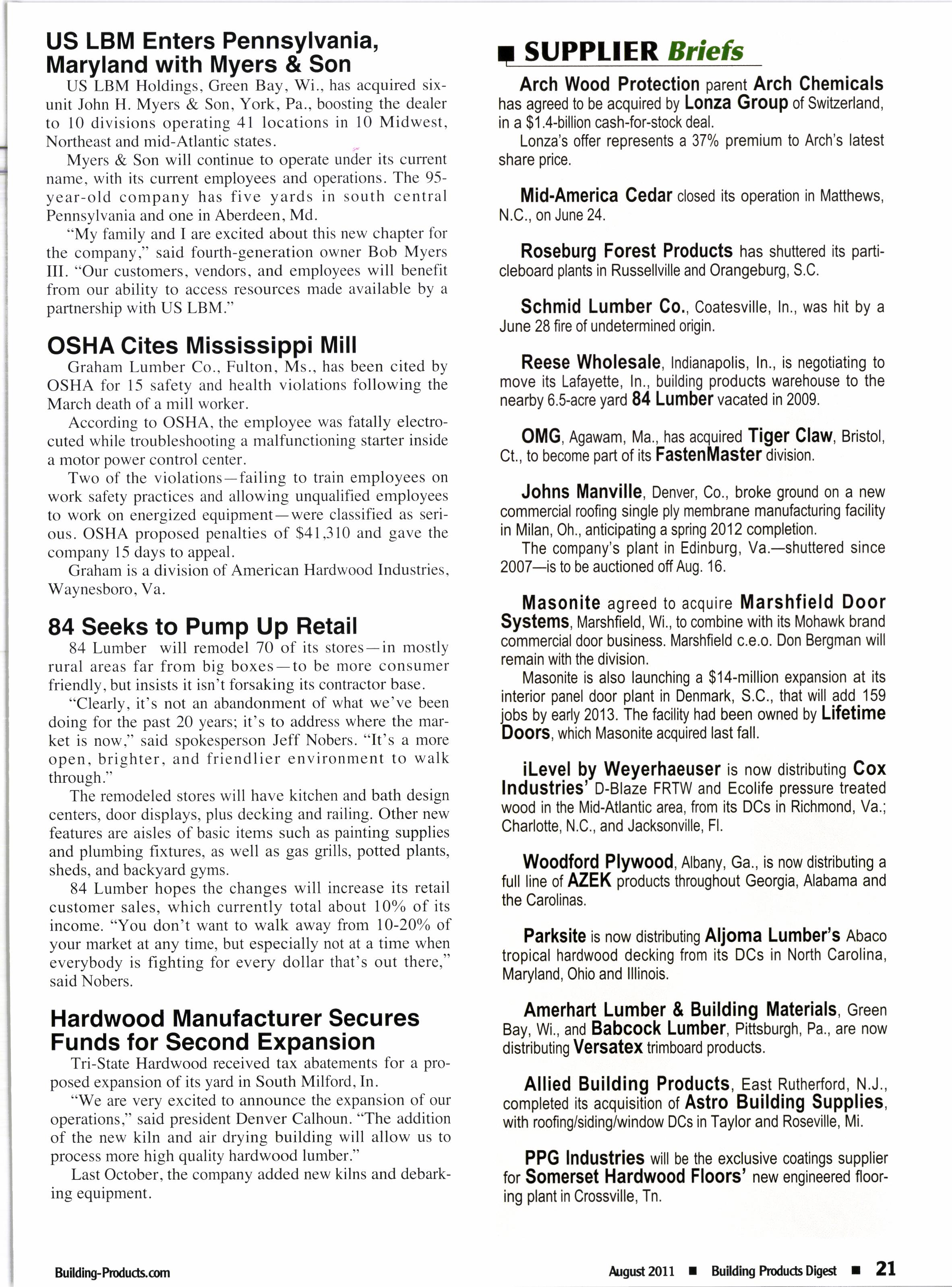
2 minute read
lmplications of the fialling home ownership rate
A*r srATISTtc rHAT Is RoUTINELY reported, but not very \-fwell understood, is the homeownership rate. This number reflects the percentage of the occupied housing stock that is owned versus rented, and is updated quarterly by the U.S. Census Department.
Homeownership rose steadily from 1994, when it was around 647o, until it peaked in 2004 above 697o. The rise was in part due to the aging of the population since older households have a higher propensity to own. More important was the boom in "creative" lending standards during the bubble phase that helped younger households become "owners." For instance, the ownership rate for the 25-to-34 age group rose from 42Vo in 1995 to 497o in 2005. However, because many of these households could not sustain ownership, the rate has fallen below 447o.The ownership rate for the older age groups did not rise or fall nearly this much.
Since 2004, the overall rate has been dropping rapidly and was at 66.47o in the first quarter of 2Ol1 You might ask, "So what?" As it turns out, this number is crucial to our outlook for single-family housing starts. Since a singlefamily housing start uses significantly more lumber and OSB than a multifamily start, the projected ownership rate will be very important to the RISI demand outlook over the next 10 years.
To see how important the homeownership number is, note that between 1995 and 2005, the occupied housing stock grew from 97.1 million units to 109.5 million units. This required construction of I2.4 million housing units in that period to accommodate the growth in households, plus another 3 to 4 million units to replace demolished units.
Because the ownership rate rose by 5Vo in that period, the housing starts "demanded" were single-family units or condo units. The number of owned units increased from 62.3 million units in 1995 to 75.4 million units in 2005. In other words, the entire "demand" increase in that lO-year period was focused on single-family or condo units.
The number of occupied rental units fell between 1995 and 2005 despite relatively high multi-family starts. Removals and conversions to condos more than offset the starts levels.
Bottom Line #l: The implied single-family starts demanded over the l0-year period, given the rise in ownership (plus an imputed removal rate of 260,000 units), was 1.57 million units. The actual single-family average over the period was 1.66 million units, plus a boom in condo units. This is why single-family house prices surged dramatically in the period. Rising prices encouraged the very aggressive response of builders to supply the "demand."
The decline in the ownership rate since 2005 is the reason why the single-family unit market is in such serious shape. The combined effect of a slowdown in household formations (due to falling employment) and a decline in the ownership rate led to a dramatic decline in the demand for single-family (and condo) units.
Owner demand rose 1.3 million units per year from 1995-2005, but has been falling 75,000 units per year over the last five years. Even when you add an estimate for removals (assumed to be 290,000 units/year), the demand for single-family (plus condo) units has only been 0.21 million units/year, while actual construction has averaged 0.73 million units/year. That is why we still have an excess inventory of single-family units. And it is why single-family house prices continue to fall.
Bottom Line #2: This is why there is no hope for a sustained single-family housing recovery in 2011, because the ownership rate is still falling.
As will be seen in RISI's forthcoming revised housing start outlook, the outlook for homeownership will play a crucial role in the housing start outlook for 201 | to 2O2O.
- Dr. Lynn O. Michaelis, executive economist and adviser for RISI, can be reached at (781) 734-8910 or lmichaelis@risi.com.










